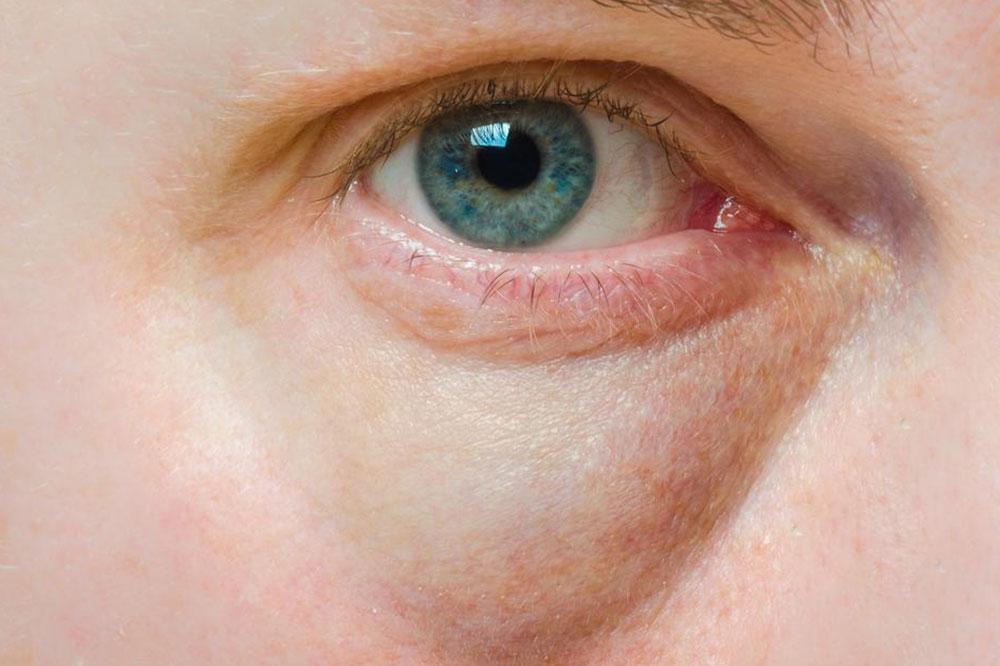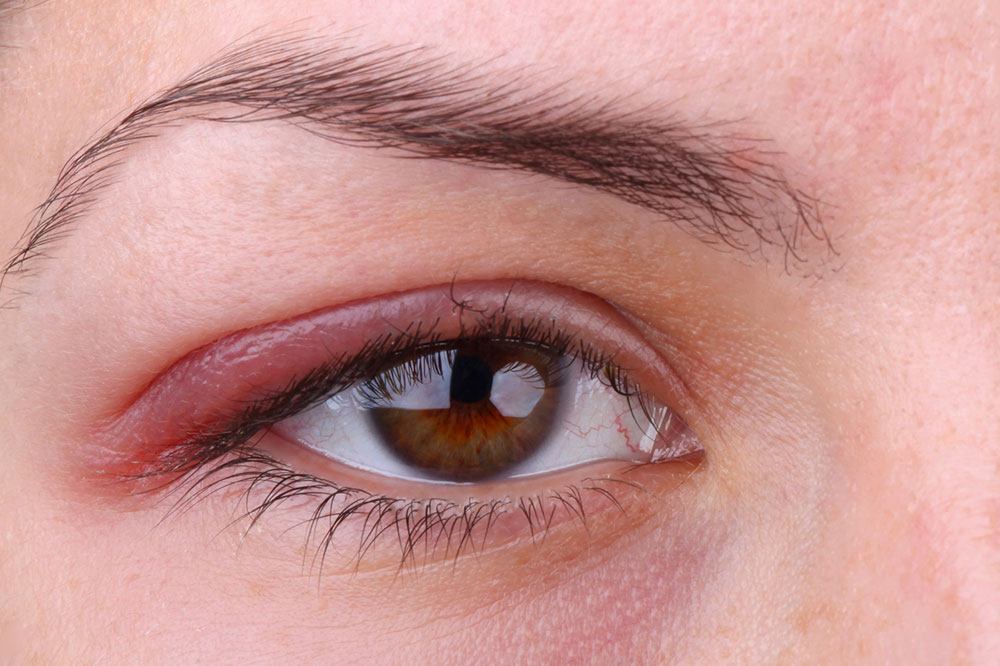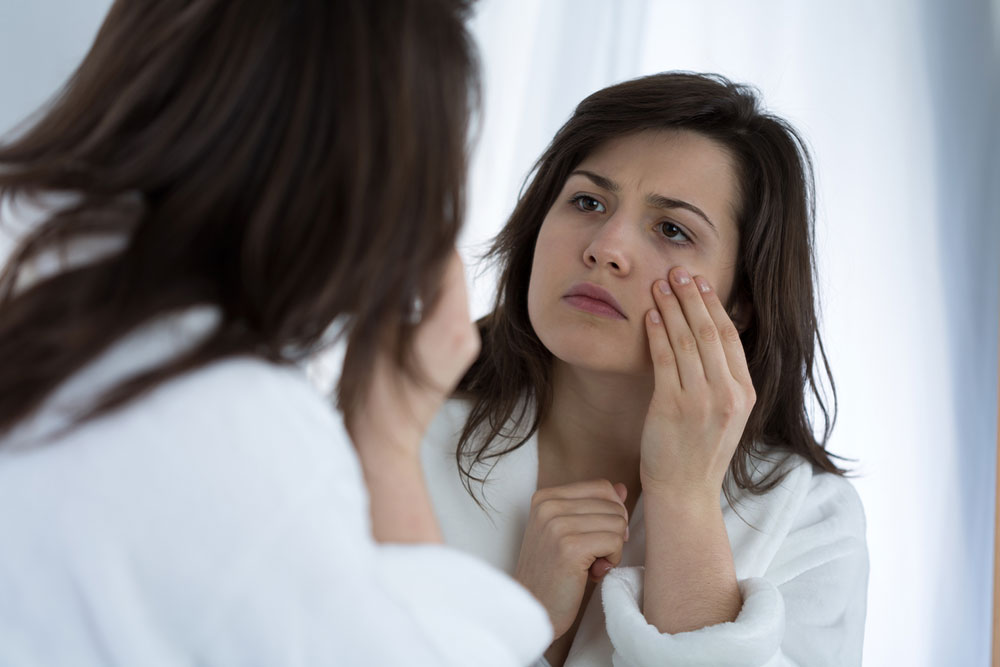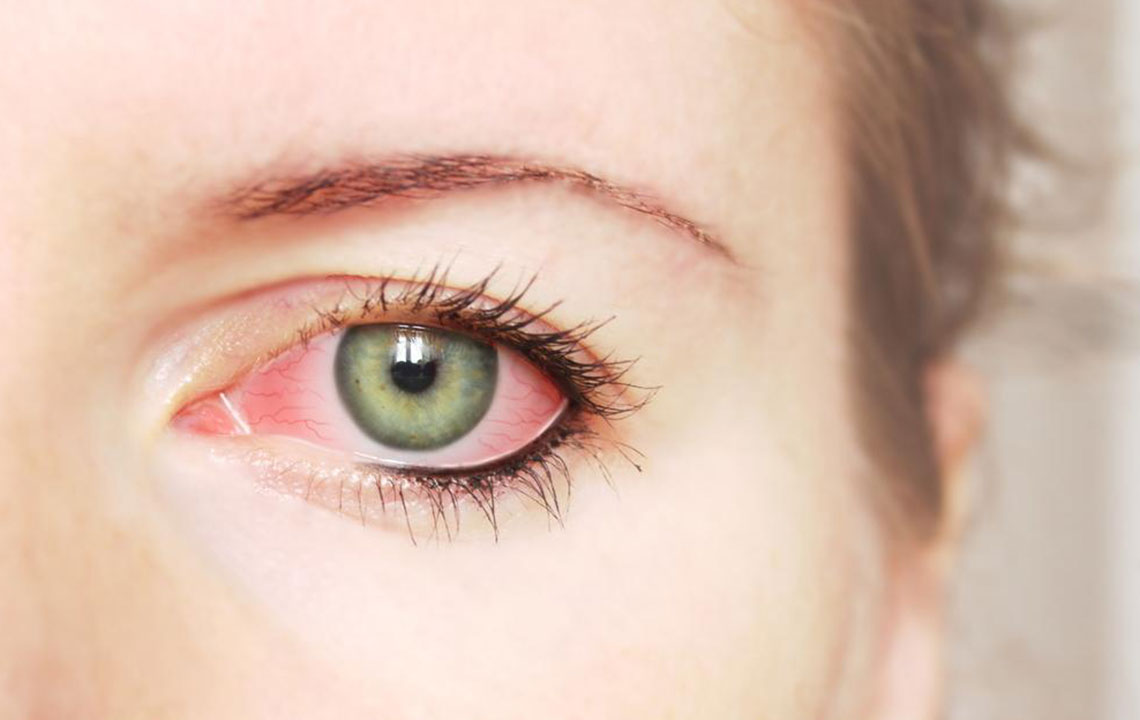Essential Strategies for Optimal Eye Health Preservation
Learn essential strategies to maintain optimal eye health and prevent common eye conditions. Regular check-ups, protective measures, and a healthy lifestyle are key to preserving your vision. Discover tips on diet, screenings, and eye care practices to keep your eyes healthy for years to come.

Essential Strategies for Optimal Eye Health Preservation
Eye health is often overlooked, yet it is vital to prevent vision problems and other eye-related issues. Studies reveal that only about 30% of people schedule regular eye examinations. Neglecting eye health can lead to serious conditions beyond just blurred vision. Here are some common eye disorders and ways to safeguard your eyesight:
Common Eye Disorders
Glaucoma
This condition involves elevated pressure inside the eye, known as intraocular pressure (IOP), which can damage the optic nerve and potentially cause permanent vision loss. It requires prompt diagnosis and management.
This should be followed by addressing issues like:
Cataracts
Clouding of the lens, leading to blurry vision, often linked to aging but also influenced by diabetes, certain medications, trauma, or UV exposure. It is painless but impairs sight.
Retinal Detachment
This occurs when the retina at the back of the eye separates from its underlying tissue, caused by fluid accumulation. It can cause visual disturbances like floaters and flashes but is painless.
Eye allergies are prevalent; in severe cases, they can cause corneal damage or vision impairment. Allergies might be triggered by seasonal factors, medications, or dust. Other conditions include uveitis, sty, keratoconus, blepharitis, chalazion, corneal ulcers, myopia, and color blindness.
Regular Eye Assessments
Regular visits to an eye specialist help in early detection and treatment of issues. Common diagnostic methods include:
Refraction tests to determine farsightedness or nearsightedness.
Snellen chart assessments to evaluate visual acuity.
Visual field tests to check peripheral vision range.
Goldmann perimeter for peripheral visual assessment.
Ophthalmoscopy to examine the retina and back of the eye.
Tonometry to measure intraocular pressure.
Tips for Maintaining Eye Health
Protect your eyes by eating a balanced diet rich in fruits and vegetables. Limit continuous screen exposure by taking breaks every 20 minutes, blinking frequently, and using recommended eye drops. Whenever outdoors, wear sunglasses that block UV rays. Regular eye check-ups are essential for early problem detection and prevention. Prioritize eye health to preserve clear vision for years to come.










